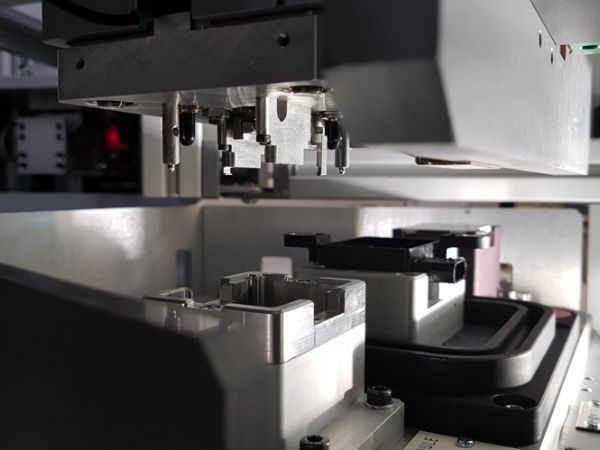As environmental regulations grow more rigorous, automotive manufacturers need advanced solutions to keep pace with emission standards while maintaining production efficiency. We developed an automated assembly and testing system for a crucial automotive soot sensor module. This module plays a key role in exhaust emissions monitoring, ensuring vehicles stay within allowable limits and alerting systems to any filter issues. Here’s a closer look at how we designed an efficient, automated assembly process to meet these exacting standards.
The Role of the Soot Sensor Module in Emissions Control
The soot sensor module is a key component in managing vehicle emissions. Integrated into the exhaust system, it detects particulate matter to ensure compliance with emissions standards. Additionally, it serves as a safeguard for the diesel particulate filter (DPF), an essential part of reducing harmful exhaust emissions.
If the DPF malfunctions or there’s a leak, the sensor module sends an alert, enabling swift action to address excess emissions. This module’s functionality not only supports regulatory compliance but also aligns with broader environmental sustainability goals by reducing pollutants.
Designing a Scalable, Automated Solution
To create a robust assembly process, we implemented a 10-station rotary indexing machine as the foundation of the soot sensor assembly line. This setup was engineered to handle multiple variants of the sensor module, each with unique configurations. Our design allowed for seamless assembly and testing of all variants with a single tooling setup, maximising efficiency and minimising downtime.
The assembly process integrates three primary components: the rear case, the printed circuit board (PCB), and the cover. Several advanced features were added to ensure quality and precision:
- Force Measurement During PCB Assembly: Monitoring the force applied to the PCB ensures proper component seating, which is essential for module durability.
- Fully Automated Screwdriving: Automating the screwdriving process minimises variability, promoting consistency across units.
- End-of-Line Testing: Each module undergoes comprehensive electrical and communication tests to verify functionality, ensuring only fully operational units proceed.
- Vision Inspection System: Camera-based inspection verifies component alignment, helping prevent assembly errors.
These measures, combined with air pressure decay leak tests and electrical pin alignment checks, form a comprehensive quality assurance system that maintains high production standards and low defect rates.
Ensuring Weld Integrity with Laser Technology
Sealing the sensor module is vital for ensuring durability and reliability. The rear housing and cover, made from glass-filled polybutylene terephthalate (PBT), are welded using a simultaneous through-transmission infrared (STTIr) laser technique. This process allows infrared light to pass through the cover material, melting the underlying housing to create a hermetic seal.
Through rigorous testing, we identified the Branson Radiance 3G laser system as the ideal solution, balancing speed and quality. This system’s ability to illuminate the weld line simultaneously provides precise control over melt depth and force, resulting in a strong, consistent bond between components. The setup achieves the required weld integrity within a 14-second cycle time per module, meeting the demands of high-throughput production.
Integrating Testing Software for Seamless Functionality
The final production stages involve programming and functional testing, both critical for module performance. Our control system interfaces with dedicated testing software to initiate test routines and store results within a traceability system, creating a complete record for each module.
This integration supports efficient testing while providing real-time insights into each module’s performance. The system is also adaptable to future updates or changes in testing protocols, ensuring long-term efficiency and flexibility.
Maintaining Full Traceability Across Production
Traceability is a key element of the production process. The assembly line uses barcode scanning and data matrix verification to track each PCB throughout production. Serial numbers are verified at multiple stages to confirm module authenticity and compliance.
Data is recorded at each station for trend analysis and Statistical Process Control (SPC), providing insights into production performance. This data-driven approach supports proactive maintenance, optimising production outcomes over time.
A Future-Ready, High-Precision Solution
This project demonstrates our capability to design highly integrated automation systems that meet demanding time, quality, and throughput requirements. By combining flexibility with advanced automation, we created a production line that addresses current needs while being adaptable for the future.
With decades of experience in automation and assembly solutions, ALPHR is dedicated to delivering custom solutions that enhance efficiency and quality. Our commitment to precision and innovation supports our customer’s goals in the automotive sector and beyond, helping them meet both production and environmental standards.


